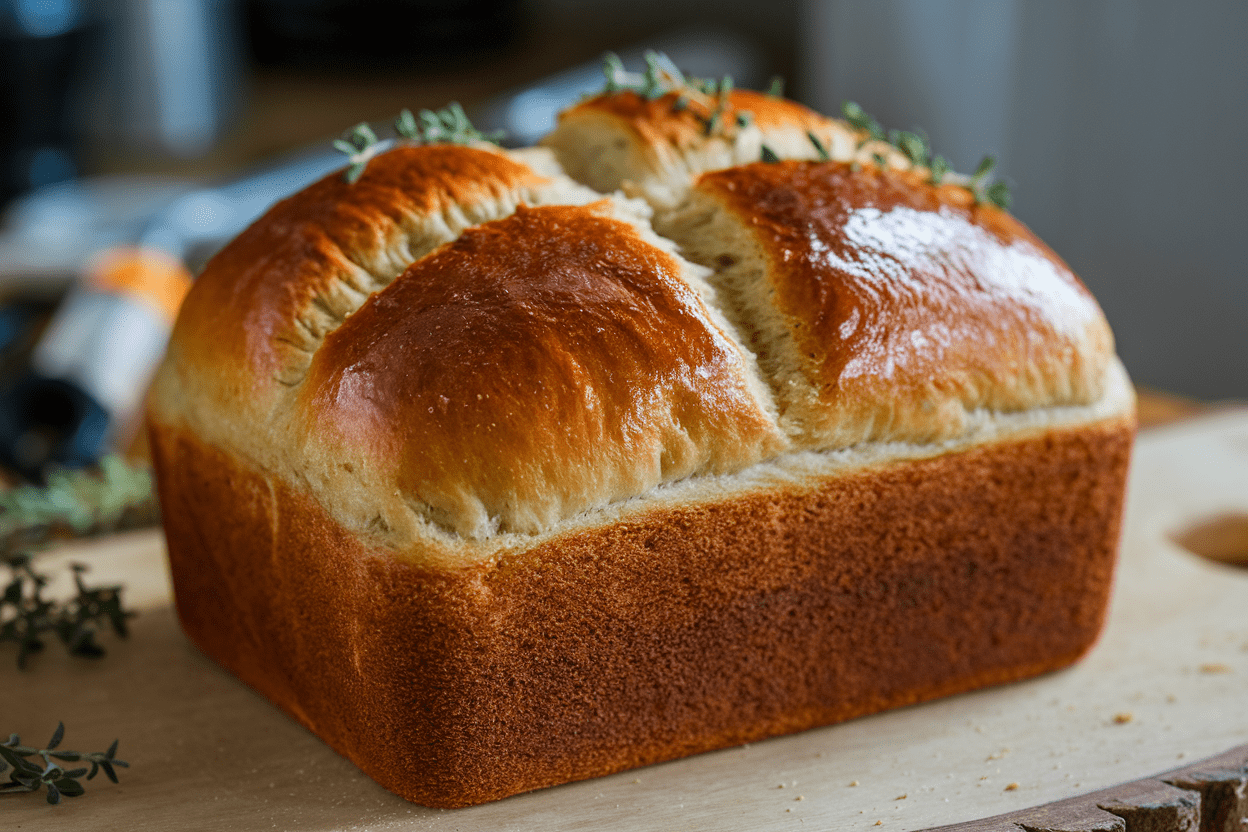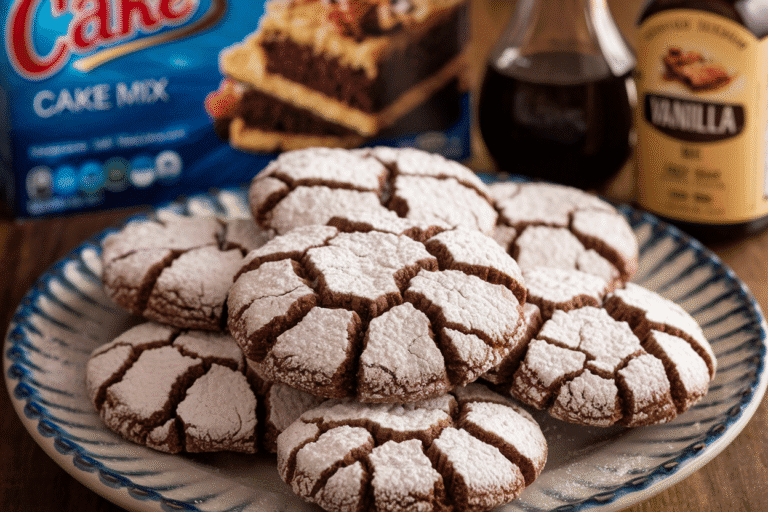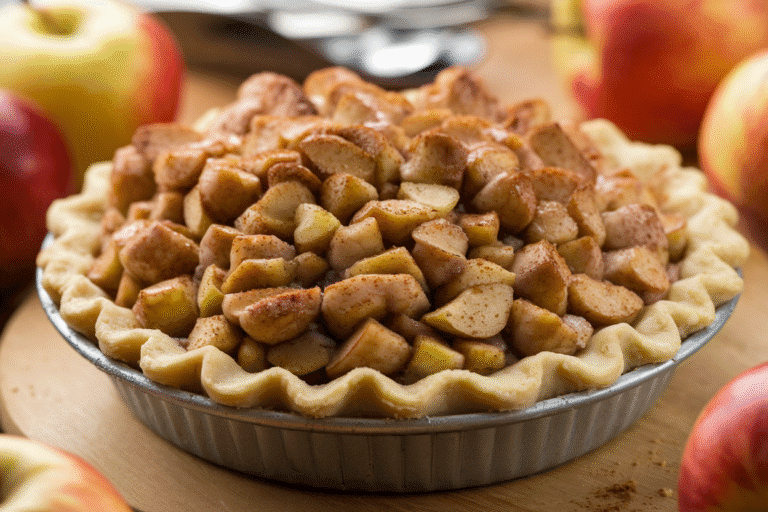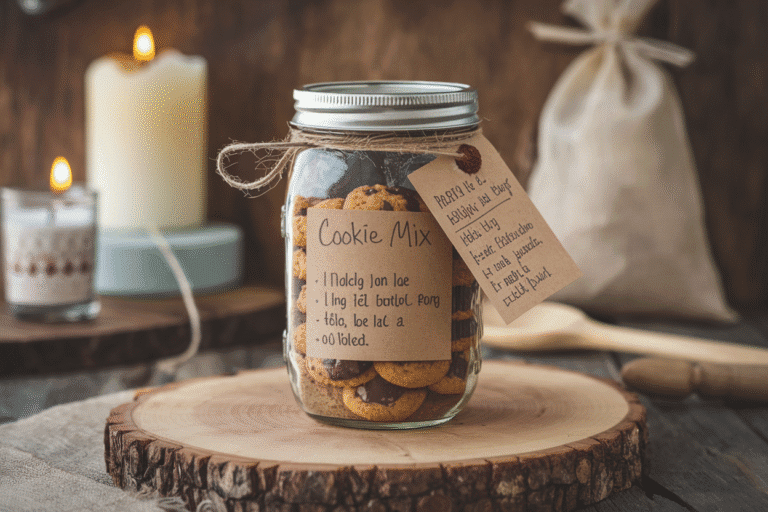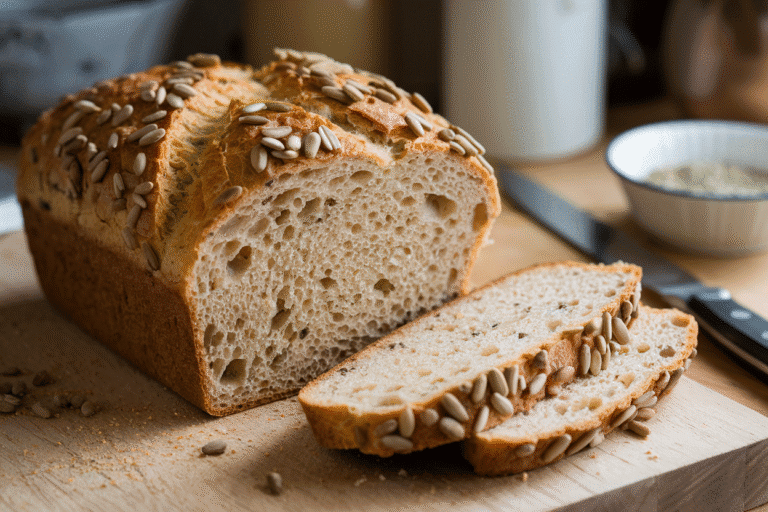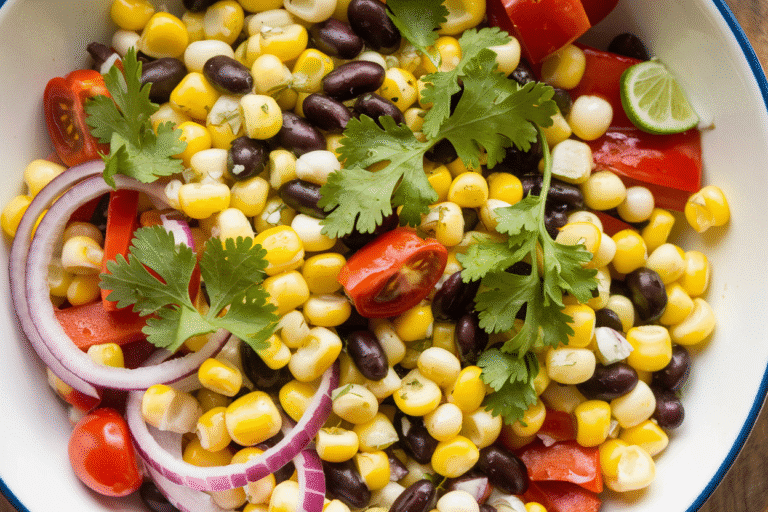Instant Yeast Bread Recipe That Goes From Zero to “Whoa” in 90 Minutes
You don’t need a bakery. You need a bowl, a packet of instant yeast, and 90 minutes. This instant yeast bread recipe turns pantry basics into a golden loaf that looks store-bought and tastes like Saturday morning confidence.
No knead-to-sweat bootcamp, no special tools, and definitely no waiting all day. If you can stir, rest, and preheat an oven, you can pull this off—and yes, the crust sings when you slice it.
What Makes This Special
This bread uses instant yeast, which skips the long activation step and gets straight to rising. That means you save time without sacrificing flavor.
A touch of sugar jumpstarts the yeast, while olive oil keeps the crumb tender and the crust just crisp enough. The result? A soft, sliceable loaf that works for sandwiches, toast, or a shameless butter-only situation.
It’s also incredibly forgiving. The dough is designed to be slightly tacky, which helps generate more oven spring and a lighter crumb.
Even if you’re new to bread, this recipe is the fast win that makes you feel like a pro.
What You’ll Need (Ingredients)
- 3 cups (360 g) bread flour (or all-purpose flour in a pinch)
- 2 1/4 teaspoons instant yeast (1 standard packet)
- 1 cup (240 ml) warm water (about 110–115°F / 43–46°C)
- 2 tablespoons granulated sugar
- 1 teaspoon fine sea salt
- 2 tablespoons olive oil (plus a little for greasing)
- Optional: 2 tablespoons milk or milk powder for extra softness
- Optional: 1 tablespoon melted butter for brushing the crust
How to Make It – Instructions
- Mix the base: In a large bowl, whisk warm water, sugar, and olive oil. Add instant yeast and let sit for 2–3 minutes. It won’t foam dramatically (instant yeast is low-drama), but that’s fine.
- Add dry ingredients: Stir in flour and salt with a wooden spoon or dough whisk until a shaggy dough forms.
If using milk powder, add it with the flour.
- Knead briefly: Turn the dough onto a lightly floured surface. Knead 5–7 minutes until smooth and slightly tacky. If it’s sticky beyond reason, dust with 1–2 tablespoons flour—but resist over-flouring.
Soft dough = soft bread.
- First rise (quick): Shape into a ball and place in a lightly oiled bowl. Cover with plastic wrap or a damp towel. Let rise in a warm spot for 30–45 minutes, until puffed and roughly doubled.
- Shape the loaf: Gently deflate.
For a sandwich loaf, pat into a rectangle (about 8×12 inches), roll tightly from the short end, pinch the seam, and tuck the ends. For a rustic boule, form a tight round.
- Second rise: Place in a greased 8.5×4.5-inch loaf pan or on a parchment-lined sheet. Cover and rise 20–30 minutes, until the dough crowns 1 inch above the pan or looks airy and swollen.
- Preheat: While it rises, preheat the oven to 400°F (205°C).
Place a small oven-safe pan with hot water on the bottom rack for steam—that’s your DIY bakery hack.
- Score and bake: Slash the top with a sharp knife or lame (one long cut for a loaf, an X for a boule). Bake 25–30 minutes. The crust should be golden, and the internal temp should hit 195–200°F (90–93°C).
- Finish: Brush the hot loaf with melted butter for a softer crust (optional but glorious).
Cool on a rack at least 30 minutes before slicing. Yes, waiting is pain. Yes, it’s worth it.
Keeping It Fresh
Cool completely before storing—warm bread traps steam and turns the crust soggy.
Keep at room temp in a bread box or wrapped in a clean towel inside a paper bag for up to 3 days. Avoid the fridge (it stales bread faster, FYI).
To freeze, slice the loaf, then wrap in foil and place in a freezer bag. Reheat slices in a toaster or whole loaves in a 325°F (165°C) oven for 12–15 minutes.
It’ll taste like day one because you’re smart like that.
Nutritional Perks
- Complex carbs for steady energy—great for breakfast or pre-workout toast.
- Lower sodium than store-bought loaves stuffed with preservatives.
- Customizable: swap in partial whole wheat for extra fiber or add seeds for healthy fats.
- Clean ingredients: you control the sugar and oil—no mystery additives.
Pitfalls to Watch Out For
- Water too hot kills yeast. Aim for warm bathwater, not lava.
- Over-flouring makes bricks, not bread. Keep the dough soft and slightly tacky.
- Underproofing leads to tight crumb; overproofing collapses the loaf.
Look for dough that springs back slowly when poked.
- Skipping the steam can mean weak oven spring. Even a mug of hot water helps.
- Impatience with slicing—let it cool so the crumb sets. Otherwise, hello gummy center.
Different Ways to Make This
- Garlic-Herb Loaf: Mix in 1 teaspoon garlic powder, 1 teaspoon dried oregano, and a pinch of black pepper.
Brush the top with garlic butter.
- Seeded Crunch: Add 2 tablespoons each of sesame and sunflower seeds; sprinkle more on top before baking.
- Honey Oat: Swap sugar for 2 tablespoons honey; fold in 1/3 cup rolled oats. Brush with milk and sprinkle oats pre-bake.
- Half Whole Wheat: Use 1 1/2 cups bread flour and 1 1/2 cups whole wheat flour. Add 1 extra tablespoon olive oil and 1–2 tablespoons extra water if needed.
- Cinnamon Swirl (sweet option): Roll dough with a mixture of 2 tablespoons sugar + 1 teaspoon cinnamon; keep salt as-is for balance.
- Mini Rolls: Divide into 12 balls, proof 20 minutes, bake at 400°F for 14–16 minutes.
Great for sliders or the “I’ll just have one” lie.
FAQ
Can I use active dry yeast instead of instant yeast?
Yes. Use the same amount, but proof it first: dissolve active dry yeast in the warm water with the sugar and let it foam for 5–10 minutes before mixing in the flour and salt. Rise times may be slightly longer.
Do I need a stand mixer?
Nope.
A bowl, a spoon, and your hands are enough. A stand mixer with a dough hook can knead in 4–5 minutes on medium-low if you want to outsource arm day.
Why is my bread dense?
Common culprits: too much flour, cool rising environment, or under-kneading. Aim for a warm spot (75–85°F), keep the dough slightly tacky, and knead until smooth and elastic.
Also, check your yeast freshness—expired yeast = sad loaf.
How do I know it’s baked through?
Tap the bottom—if it sounds hollow, you’re close. Even better, use a thermometer: 195–200°F (90–93°C) in the center is the sweet spot.
Can I make it dairy-free?
Yes. Use water and olive oil only.
Skip the butter brush or swap in olive oil for a glossy finish.
What pan size works best?
An 8.5×4.5-inch loaf pan gives a tall sandwich loaf. A 9×5-inch pan works too, but the loaf may be slightly wider and shorter. Free-form on a sheet yields a rustic shape with more crust.
How do I add more flavor without waiting overnight?
Use a touch more salt (up to 1 1/4 teaspoons), add a tablespoon of olive oil infused with herbs, or mix in 1 teaspoon malt powder.
A teaspoon of vinegar can also add complexity—subtle but effective, IMO.
In Conclusion
This instant yeast bread recipe is the fast lane to warm, proud, “I made that” moments. It’s flexible, beginner-friendly, and wildly useful—from breakfast toast to dinner sides. Keep the dough soft, the yeast happy, and the oven hot, and you’ll get a loaf that sings when you slice.
Bake it once, and your store-bought bread might start feeling a little insecure—just saying.
